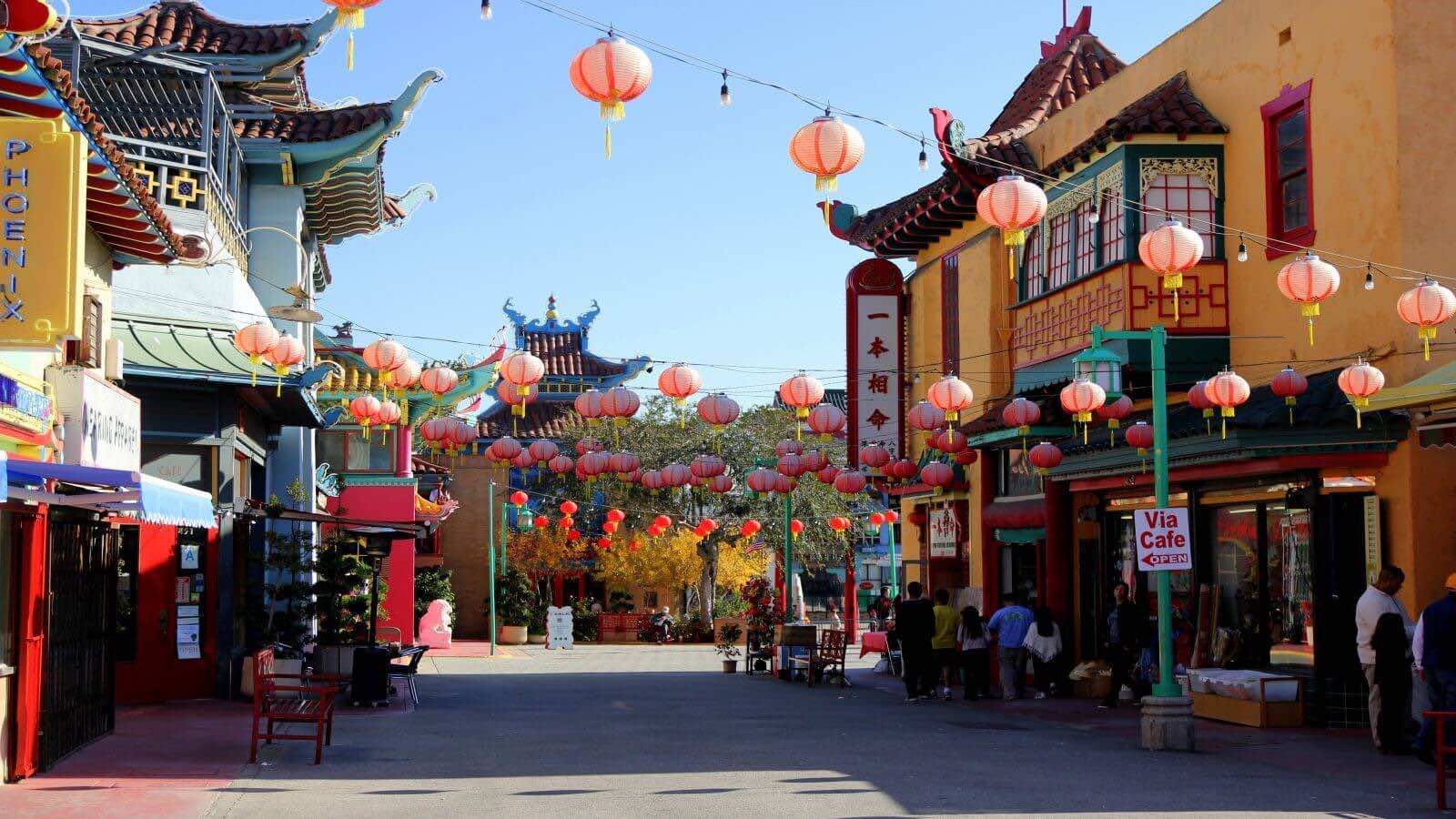
Visit Cho Lon: an old town within the metropolis of Ho Chi Minh City
- on May 23, 2025 By: Phuong Mai NGUYEN
In the heart of Vietnam's southern megalopolis, there's a place where the hours don't quite pass in the same way. A place where history whispers at every crossroads, incense guides footsteps, and taste buds long for memories. Welcome to Cho Lon in Ho Chi Minh City!
Overview about Cho Lon
Cho Lon, also known as Saigon's Chinatown, is a fascinating neighborhood that stretches across the entire area of District 5 and District 6. The history of this vibrant and culturally rich neighborhood dates back to the 18th century, when a settlement of Chinese traders migrated to this area, bringing their culture, tradition, and business.
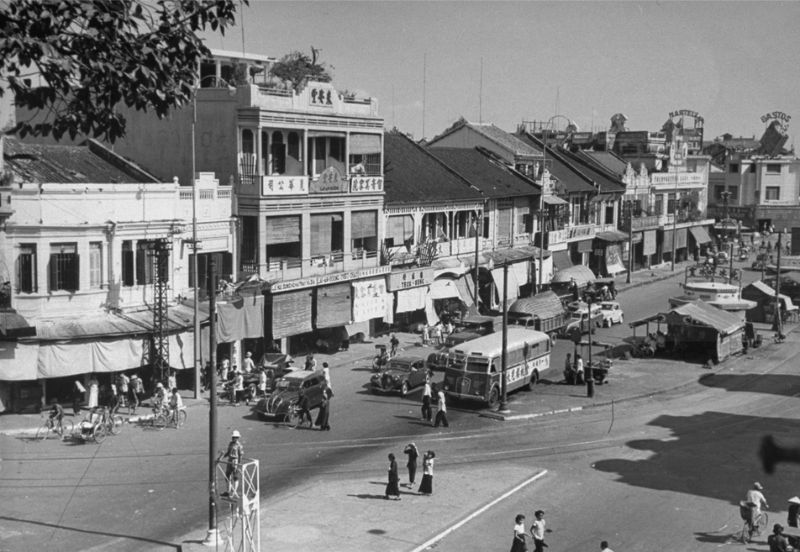
In the past, Cho Lon was once a bustling, separate city. After the urbanization spanning from the 30s to the 50s, this area gradually merged with Saigon (the former name of Ho Chi Minh City).
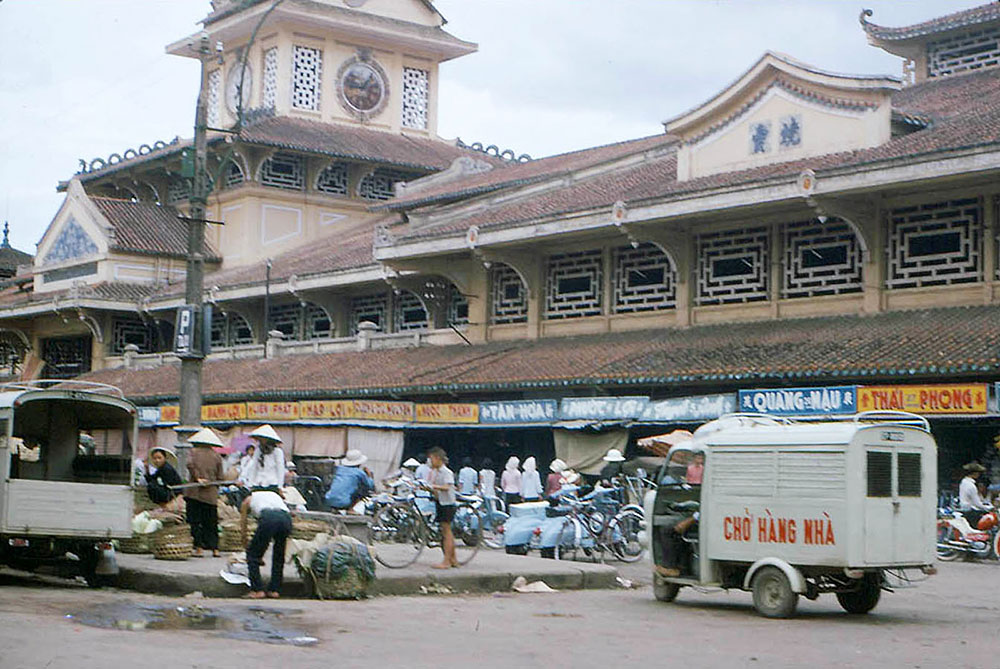
Although located very close to the modern urban area of Ho Chi Minh City, only 5 kilometers from District 1, Cho Lon manages to retain its ancient charm, preserving unique cultural and architectural features of the Chaozhou and Fujian people. Yet, it has never failed to thrive as a commercial and cultural hub. Development continues today.
Cho Lon: neither district nor attraction, but a world in itself
The word "Cho Lon" literally means "big market" in Vietnamese, but what you find here is not measured in square meters or colorful stalls. What you touch in Cholon is the persistent trace of a living Chinese memory, embedded in the heart of southern Vietnam.
As dawn breaks, the walls of Cholon emit an aura more ancient than the city itself. The signs featuring weathered sinograms, the verdant tiles adorning the pointed roofs, and the iron curtains raised by hand—all evoke a sense of another era, yet nothing is immutable.
The streets breathe
The hum of motorcycles doesn't drown out the other sounds: the scrubbing of brooms on the sidewalks, the hooves of porters, and the voices of shopkeepers calling out in a fast-paced language, often Chaozhou or Cantonese. A distinctive accent floats through the air, a familiar yet untranslatable musicality. Occasionally, an old song emerges from a dusty loudspeaker, a sizzling, sublime Chinese romance from the 1950s.
The colors in Cho Lon have a patina, as the sun has worn them down every day for a hundred years. Reds are rusty, greens are peeling, and golds are dull. Yet the whole scene is vibrant. Silk lanterns float above the alleyways like suspended souvenirs. Frescoes painted on temple walls tell stories of traveling gods, protective goddesses, and celestial dragons.
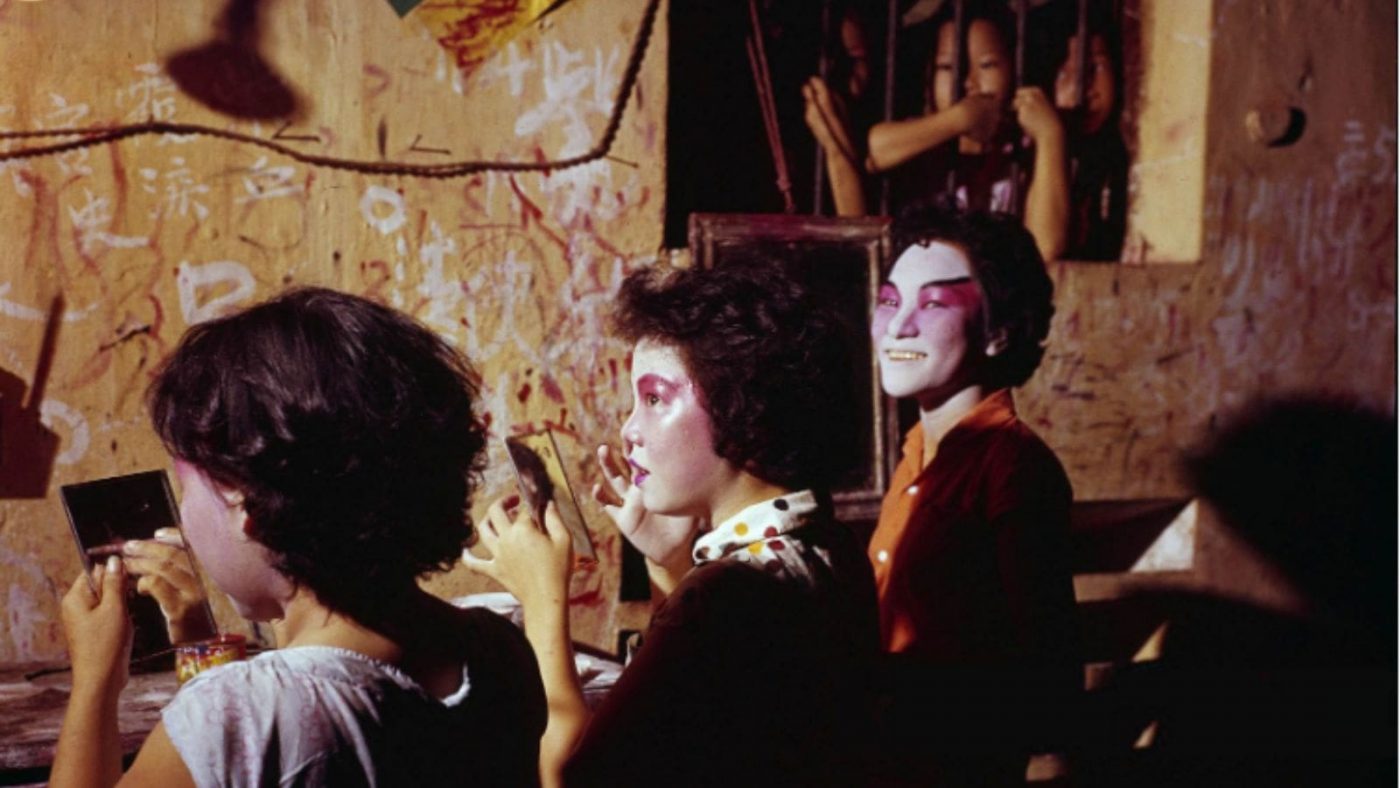
The texture of the neighborhood, too, is a story in itself: the roughness of the pagoda stones, the lustrous softness of the lacquered wooden altars, the beads of water on the lotus leaves at the edge of the pools, the warm sand under the soles in the courtyards. Nothing is smooth; nothing is purely decorative.
Scents of life, perfumes from elsewhere
Describing the smells of Cho Lon would require an infinite vocabulary. At every street corner, aromas shift, meet, collide, and then embrace:
- The incense that rises in fine volutes from the temples, dense, enveloping
- Lacquered duck slowly caramelizing in rotisserie windows
- Grated ginger, hot jasmine tea, and fermented lychees in jars
- And sometimes, the dust of old books in a forgotten stall.
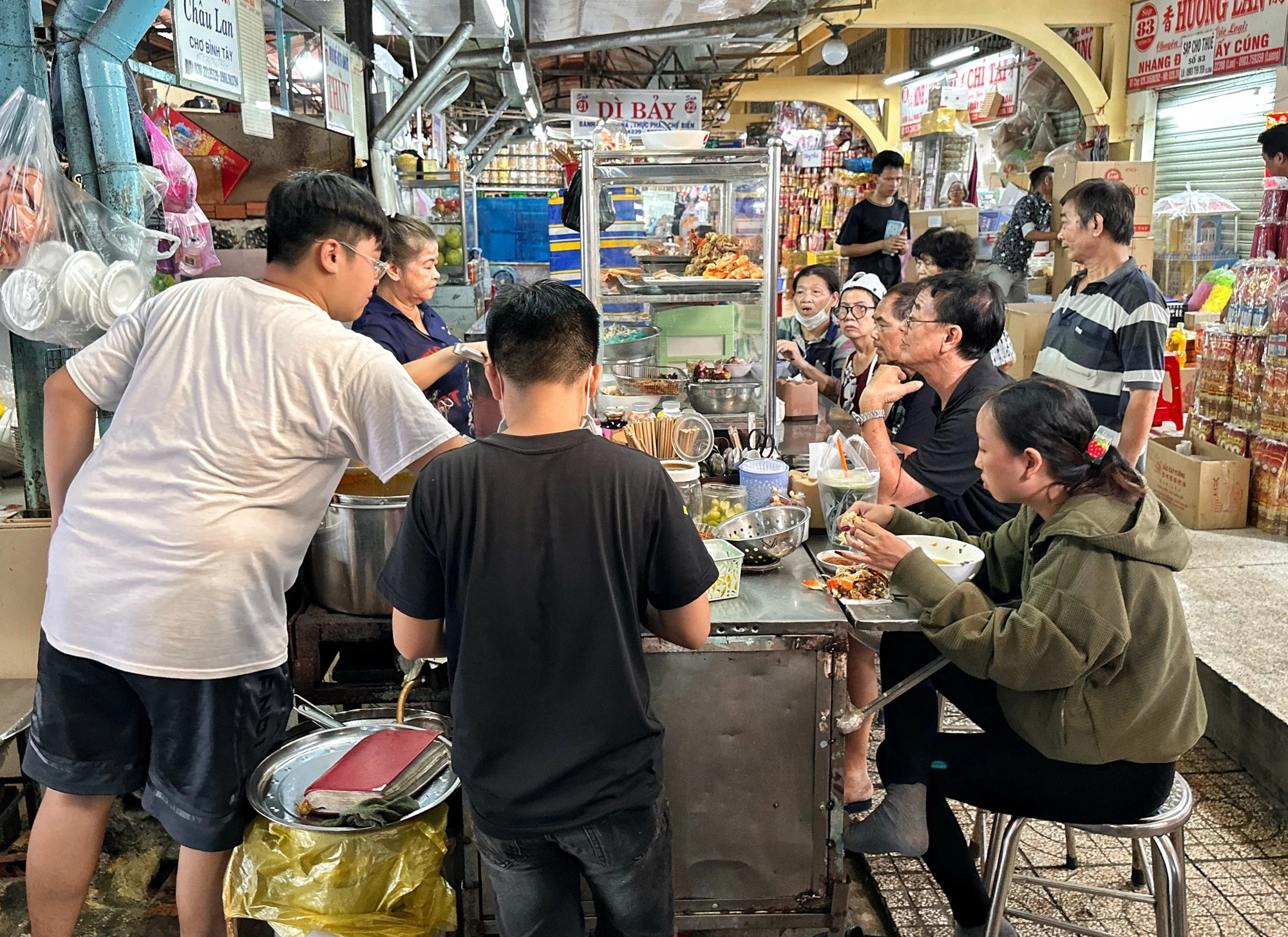
These scents tell a collective story. They form an olfactory library, an invisible but tenacious heritage. A child born in Cho Lon can recognize holidays by the smell of the street, without even opening his eyes.
A day in Cho Lon: What to see and do
Here is a suggestion of how to spend a day in Cho Lon, Ho Chi Minh City.
Morning - Trieu Quang Phuc Street, the awakening of ancient worlds
It's not even daylight yet, and the metal curtains are creaking across the stalls, steaming cups of tea are lining up on low plastic tables, and the first offerings to the ancestors are being made on the street altars.
The morning stroll begins on Trieu Quang Phuc Street, a discreet but symbolic artery of Cho Lon's Chinese memory. This is where you can still hear Cantonese or Chaozhou being spoken on street corners, between games of mahjong, or in the daily exchange between merchants.
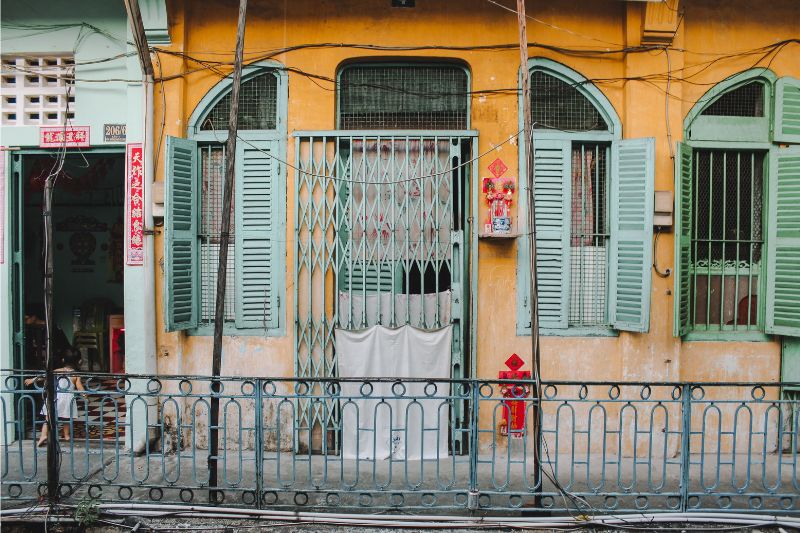
The atmosphere is peaceful, almost ceremonial. The smell of wonton soup mingles with the smoke of incense sticks, and the precise, silent gestures of the locals give the street a density that no map can capture.
Mid-morning - The Binh Tay market, a vibrant hub of life
Just about 2 kilometers away, Binh Tay Market awakens to the sound of scales and quiet conversations. Built in the 1920s, this iconic market is unlike any other in Saigon. Beneath its colonial-style clock and Chinese-inspired roofs, not only are products displayed. There is also culture, rhythm, and memory.
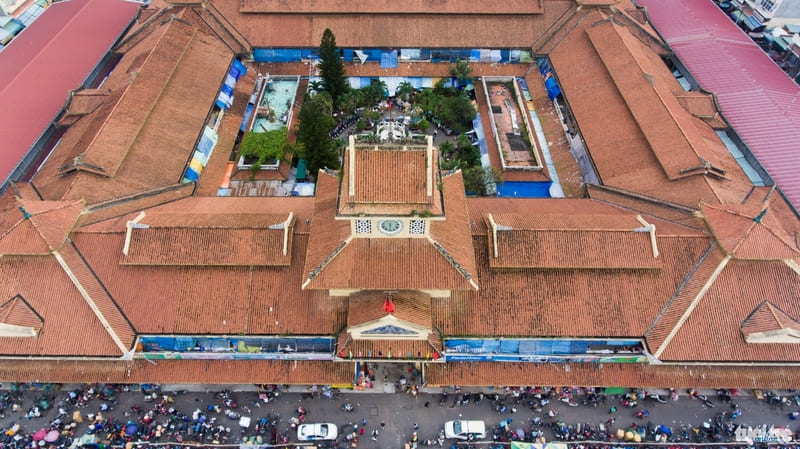
The aisles are filled with tropical fruits, loose spices, medicinal roots, piled silks, and chipped Chinese crockery. An oolong tea served by an old man, a mouthful of mooncakes slipped into a curious hand: everything here suggests transmission rather than transaction.
Noon-Pagodas and silent spirituality
Leaving the market, follow Nguyen Trai Street towards the Thien Hau Pagoda, dedicated to the goddess of the sea, protector of sailors and merchants. This place is a haven of silence and wisps of incense, where one generation follows another in the same whispered prayer.
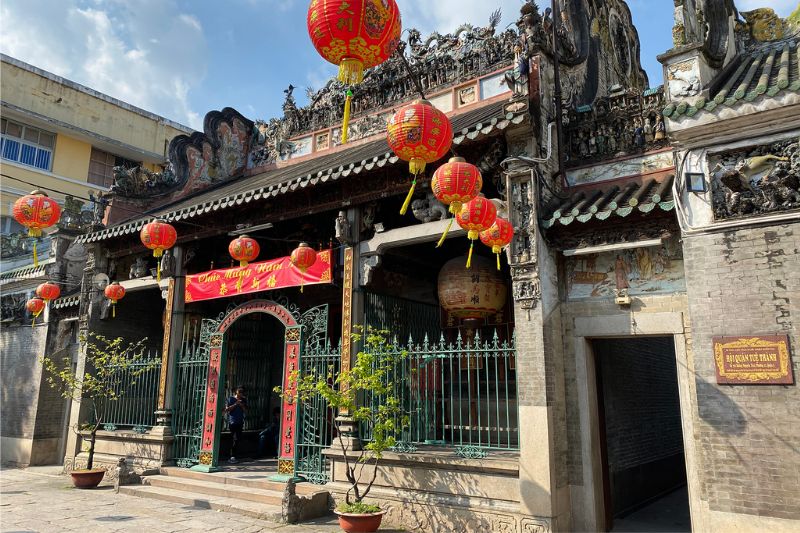
Hanging incense spirals burn slowly on the ceiling. The faithful come to deposit offerings, wishes, and votive bills in a daily gesture of overwhelming gentleness.
A little further afield, the Quan Am and Nghia An Hoi Quan pagodas offer a diversity of architecture and worship, all linked to the Chinese diaspora who arrived in the 18th century. Each temple is a world to be explored without haste.
Afternoon - Herbalism, calligraphy, and handicrafts
On Luong Nhu Hoc Street, discover a fascinating world of traditional Chinese herb shops. Roots, barks, mushrooms, and elixirs with mysterious names line up in dusty jars. Herbalists watch you carefully before composing a remedy or simply telling a story.
Further afield, small stores display calligraphy brushes, ritual objects, and red amulets hung on doorsteps to protect the home. It's a whole art of living, a slow, symbolic aesthetic, that Cho Lon continues to bring to life daily.
Note: Other than the suggestions above, you can also add the Hao Sy Phuong Alley to your list while exploring Cho Lon. Hao Sy Phuong, located on Tran Hung Dao Street, is a century-old alley predominantly inhabited by people of Chinese descent. Though it has existed for over a hundred years, this apartment building still retains its architecture, combining ancient and modern, with a system of 2-story houses using a common staircase. Additionally, the decoration with red couplets and the arrangement of the altar in front of the door are typical elements of Chinese culture commonly found in this alley. Hao Sy Phuong is also a place where you can observe the way of life of the locals. If you find yourself a bit drained from the exploration, head to the Phung Hung Market, which is just 1 kilometer away, to reboost your energy with a cup of coffee from the 60-year-old Ba Lu’s coffee shop and with a variety of Chinese specialties.
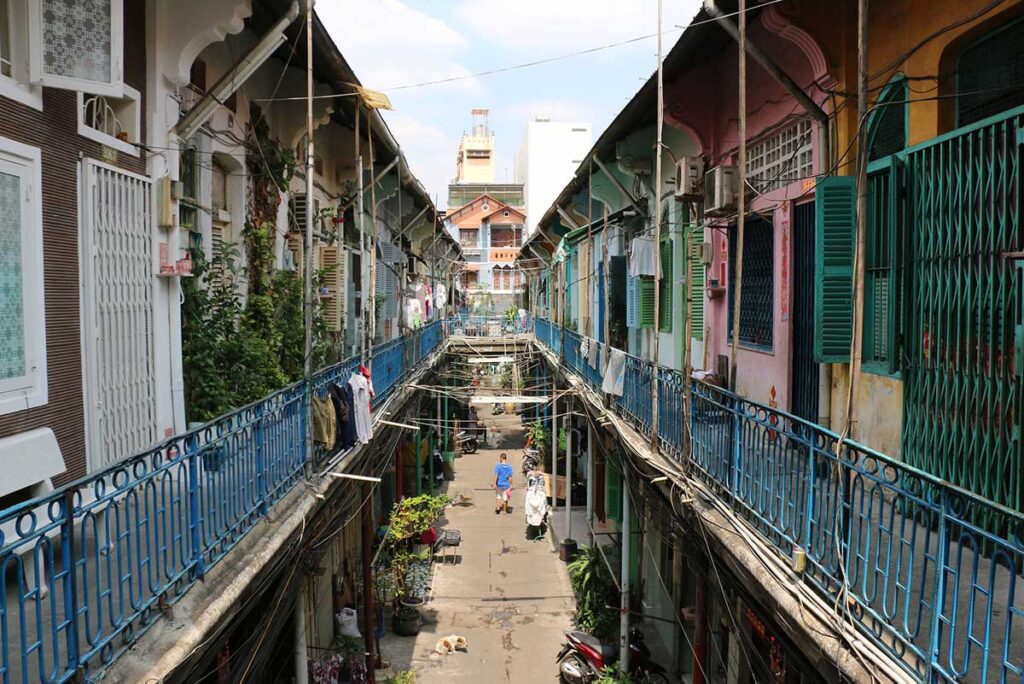
Evening - Southern flavors and Northern feasts
At dusk, Cho Lon lights up differently. Storefronts light up with neon Chinese characters. Nguyen Trai Street becomes a gastronomic scene. You sit on a stool by the sidewalk and order crispy lacquered duck, bowls of roast pork noodles, steamed dim sum, wonton soup, or fried tofu with sweet and sour sauce.
Flavors from Guangdong, Fujian, or Yunnan meet and merge with those of South Vietnam in a cuisine of memory as much as pleasure.
And you, what are you looking for in Cho Lon?
Related articles:
>> Binh Tay Market (Cholon Chinatown) in Saigon - Ho Chi Minh City
>> Ben Thanh and Binh Tay, the emblematic markets of Ho Chi Minh City
 Español
Español Français
Français








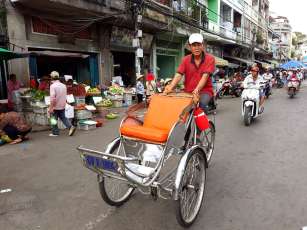
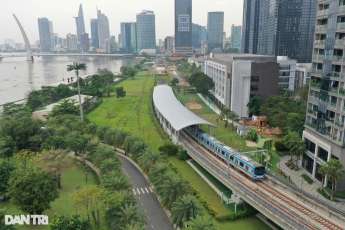
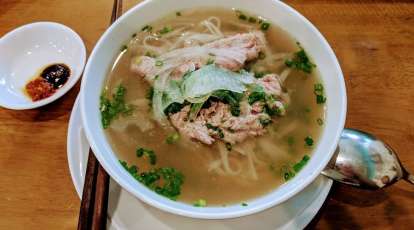
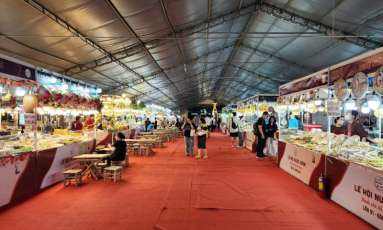
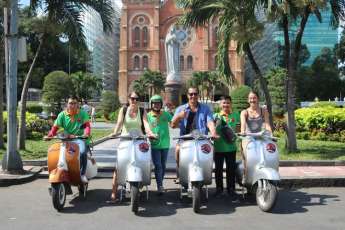







TraZefUK
on Nov 28, 2025HerbertPhomaMS
on Oct 19, 2025Lilyan Cuttler
on Oct 15, 2025Avenue17XC
on Sep 14, 2025Avenue18JL
on Jul 21, 2025